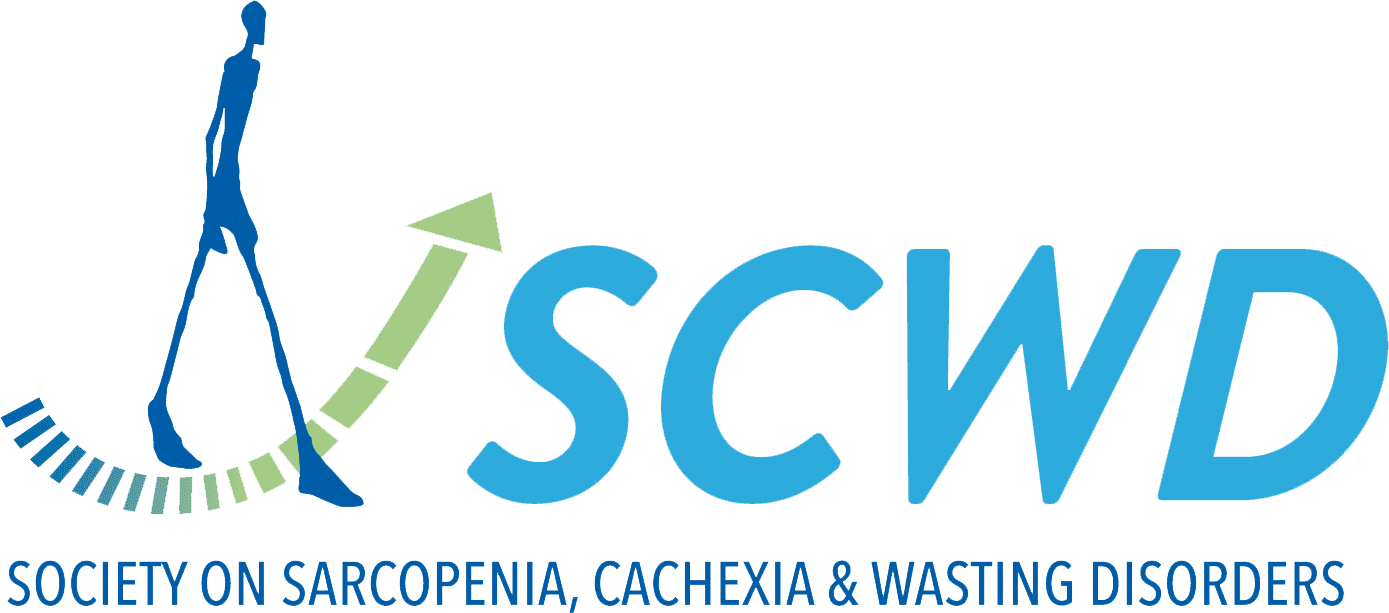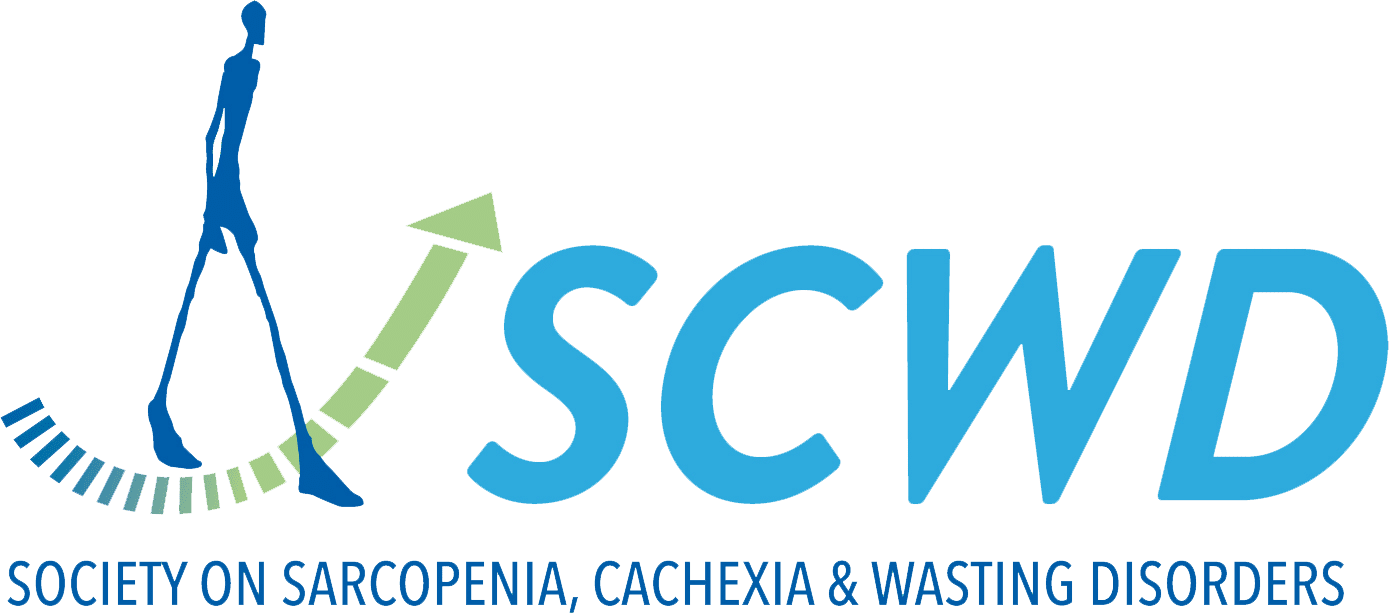Public Health.
BACKGROUND
Sarcopenia is an age-related process characterized by the loss of muscle mass and function, being a frailty component that affects the quality of life. It has been described as a risk factor for Alzheimer's disease dementia (ADD), and the coexistence...


